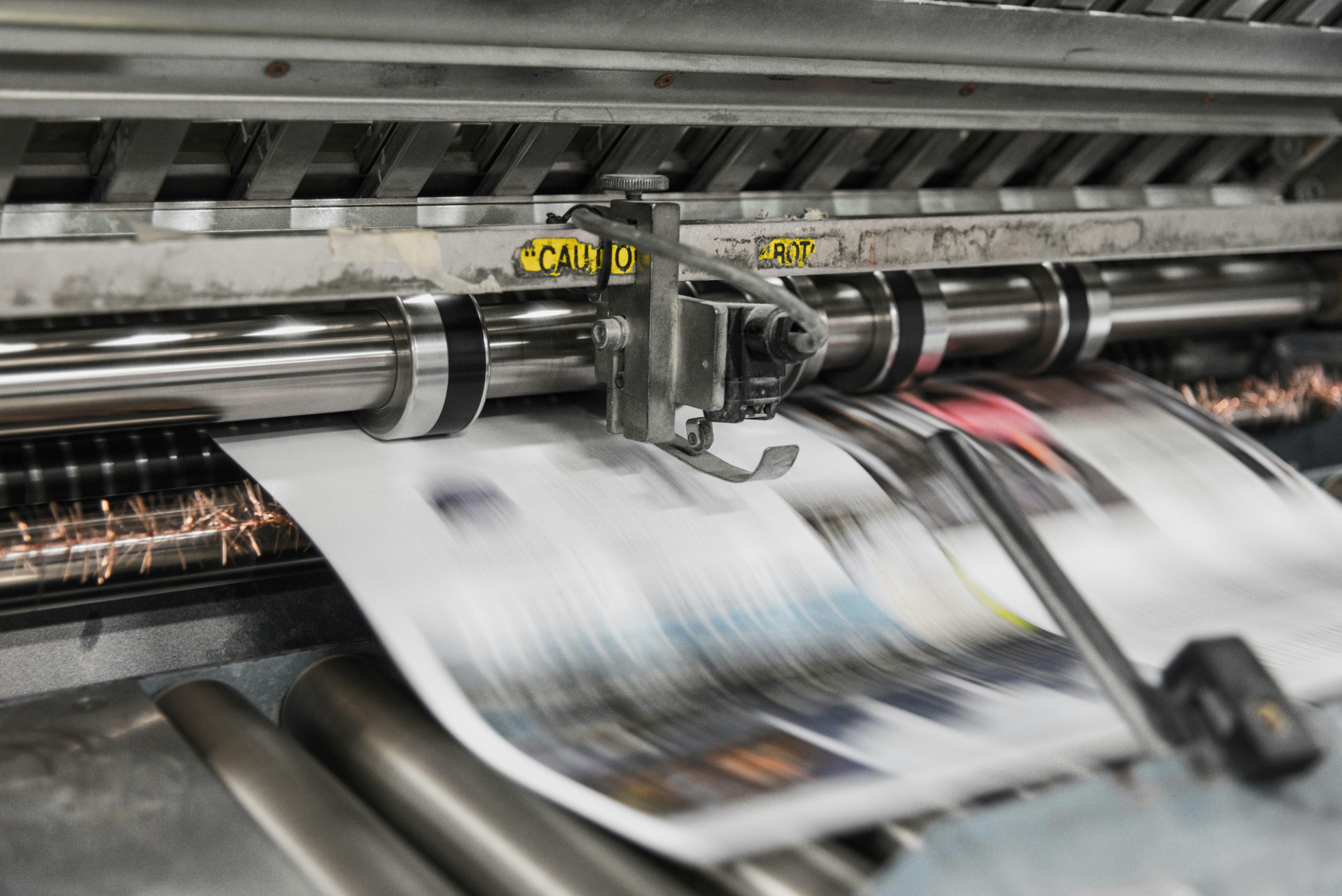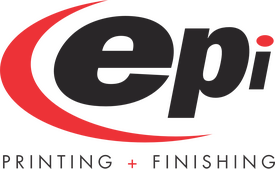
In the world of commercial printing, choosing between digital and offset printing is one of the most important decisions you'll make. Both methods offer unique advantages depending on your project’s size, complexity, and goals. At EPi Printing, we specialize in both techniques, ensuring that your print materials are produced with the highest quality and precision. But how do you know which method is right for you?
Let’s break down the differences between digital and offset printing, so you can make an informed decision for your next project.
What is Offset Printing?
Offset printing is a traditional method that has been trusted for decades. It uses metal plates to transfer (or “offset”) ink onto a rubber blanket, which then applies the ink to paper. This process results in clean, crisp images with consistent quality throughout the entire print run.
Benefits of Offset Printing:
- Superior Image Quality: Offset printing produces sharp, high-quality images with consistent colors. It’s ideal for large volumes of brochures, catalogs, magazines, and more.
- Cost-Effective for Large Runs: While the setup cost for offset printing can be higher due to the need for custom plates, the cost per unit decreases significantly with larger quantities, making it the most economical choice for large print runs.
- Wide Range of Paper Options: Offset printing allows for more customization in terms of paper types, finishes, and special effects like embossing, metallic inks, or UV coatings.
Offset printing is ideal if you’re producing thousands of copies and need absolute precision in color matching and detail.
What is Digital Printing?
Digital printing, on the other hand, is a newer, more flexible option that directly prints from digital files without the need for plates. This method is quicker to set up and offers more versatility when it comes to smaller print runs and personalization.
Benefits of Digital Printing:
- Quick Turnaround: Digital printing doesn’t require plates, so it’s much faster to set up, making it perfect for last-minute projects or short deadlines.
- Cost-Effective for Short Runs: Since there’s no need for custom plates, digital printing is more affordable for small print runs—especially if you’re printing fewer than 500 copies.
- Personalization and Variable Data: One of the biggest advantages of digital printing is the ability to personalize each piece in a print run. Whether it’s unique names, addresses, or QR codes, digital printing allows for easy customization without slowing down production.
- Environmentally Friendly: Digital printing often results in less waste since there’s no need for large press runs or excess paper to account for setup errors.
Digital printing is ideal for small projects, personalized marketing materials, or quick turnaround jobs that don’t require large quantities.
Which Method is Right for You?
The decision between digital and offset printing ultimately comes down to your project’s specific needs. Here’s a quick guide to help you decide:
- Choose Offset Printing if:
- You need a large quantity of high-quality prints.
- Color consistency and image quality are critical for your project.
- You want to use specialty paper, finishes, or effects.
- Choose Digital Printing if:
- Your print run is smaller, typically fewer than 500 copies.
- You need personalized or variable data on each piece.
- You’re on a tight deadline and need a fast turnaround.
At EPi Printing, we work closely with our clients to recommend the best printing method for their specific projects. Whether you’re creating a small batch of personalized mailers or a large run of catalogs, we’ve got you covered.
Still Not Sure Which Option to Choose?
No worries! We’re here to help. Our experienced team can walk you through the options, ensuring you choose the printing method that best suits your budget, timeline, and quality requirements. Let EPi Printing handle your next project and experience the difference that expert craftsmanship can make.
Contact us today to get started on your next print job!
